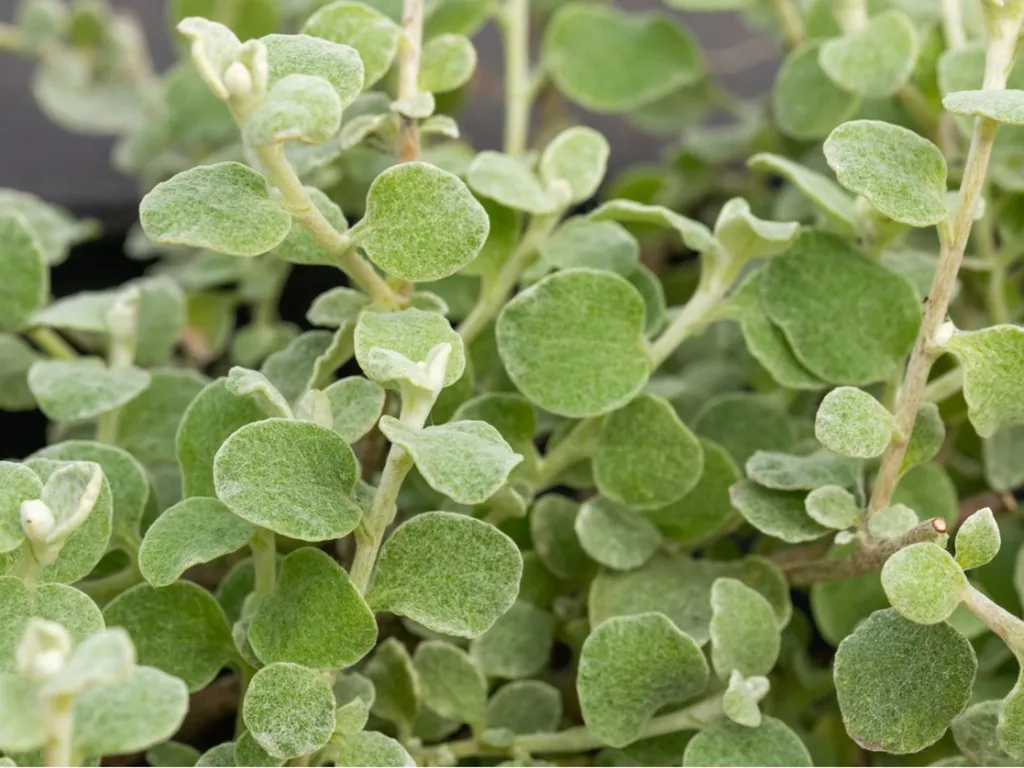
Description
The herbaceous perennial liquorice can reach a height of one meter and has pinnate leaves that are 9–17 leaflets long and 7–15 cm long. The loose inflorescence of 8–12 mm long, purple to pale white blue flowers is produced. The fruit is an oblong pod that is 20–30 mm long and has several seeds within. Stoloniferous roots are present.
Habitat
The herbaceous perennial legume known as liquorice is indigenous to Southern Europe, North Africa, and Western Asia.
Uses
It is suggested that licorice root be taken as a dietary supplement to treat ailments like bacterial and viral infections, menopausal symptoms, cough, and digestive issues. Gargles or lozenges made of licorice have been used to attempt and prevent or lessen post-operative sore throats.

Varieties
New licorice plant cultivars are gradually making their way onto the market, and these cultivars frequently drive out the more established ones. Since they are all bred for the color of their leaves, there are frequently just minor variations.
Helichrysum petiolare: A sophisticated silver-gray that goes well with a variety of hues.
Limelight: With leaves the color of chartreuse, this plant grows more slowly than others.
White Licorice: A cultivar that has a more noticeable frosty appearance
Plant Care
- Light
For the licorice plant to grow, the optimal location is full sun. They will, however, also thrive in some partial shade because they are not grown for their flowers. Partial shade will make the plants a little less vigorous, but in really hot climates, some shelter from the sun may help the leaves remain more visually appealing.
- Soil
Although liquorice grows in a variety of soil types, it prefers a well-draining location or container because soils that retain water can cause root rot. It doesn’t care what pH the soil is.
- Water
Though it thrives best with consistent irrigation, licorice plants are quite drought tolerant. To prevent the roots from rotting, make sure that any excess water drains and that the plants are not sitting in damp soil. When the top 1-2 inches of soil are dry, it’s time to water it once more.
- Temperature and Humidity
Plants of liquorice cannot withstand any freeze. Generally speaking, don’t put your licorice plant outside until it’s warm enough to grow peppers and tomatoes.
- Fertilizer
Liquorice plants don’t require a lot of food. Add some compost or other organic materials if your soil is poor. This will enhance drainage and provide a little amount of trace nutrients.
For an added boost in the middle of the growing season, you can also apply a balanced fertilizer to annual plants. If your plants are perennials, you might need to fertilize them once or twice a year.
Table





